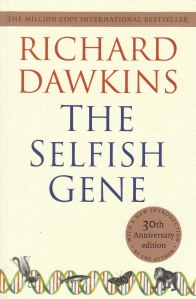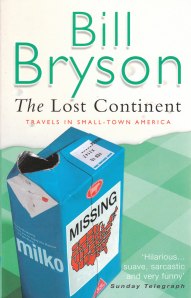Author: Manien Botma
Penciller: Jason Turner
Publisher: New Reliable Press
Date Published: Volume 1 – May 2006, Volume 2 – June 2009
Volumes: Both are single volume
A modern romance, True Loves follows a young vintage clothing store owner falling into a new relationship, while she struggles to break off her current one. The story is set in Vancouver and is full of the look and feel of the city.
‘True Love’ and ‘True Love 2: Trouble In Paradise’ is a independent collaboration between Manien Botma and Jason Turner, a writer and penciller couple who have been together for ten years (and recently got married after the completion of ‘True Love 2’). Unlike the vast majority of western comics ‘True Loves’ is set in none other than Vancouver, Canada, rather than America. The small series follows True, a twenty something boutique clothes shop owner, and Zander, a fruit and vegetable grocer with eccentric hair.
Our main character True is a morally ambiguous person, quite normal and acts almost like an avatar for the reader. She is simultaneously undistinguished and also not quite like anyone else. The routines of her daily life, her divorced parents and even her feelings of ambivalence towards her boyfriend Dirk will seem familiar to the reader. The writing is very honest and sympathetic to the characters; whether or not the audience will be is another question.
‘True Loves 2’ is a better read than the first volume. The character interactions are cozy and cute. Keiko, Herb’s new Japanese girlfriend, is perhaps the best addition. Her presence seems to balance out the scenes (she particularly saves Herb’s character from being a ‘aimless druggo friend’ stereotype). By this point the reader has warmed to True and her best friend Eliza – at times they could appear quite callous when together in the first volume. True improves slightly, however it is the secondary characters who are always more likeable in this short series.
Romantic love is presented as highly fragile and subject to the powers of the mundane realm, such as changes in routine and the opinion of friends. In this sense ‘True Love’ is unusual for romantic fiction, as it presents the ending of relationships without the need of elaborate plots, Machiavellian scheming by competition or tragedy of Shakespearean proportions. Love is not really unique or special, it is to be expected due to our sheer numbers and the culture we are currently engaged in. Botma presents a world where there is room for simultaneous affection and multiple futures with different people. This casual sense of reality continues into other aspects of the plot; there are drugs without abuse or overdoses, infidelity without ensuing fallouts, pointless conversations and a general feeling of ‘hanging out’ together (as my generation is prone to). Botma is particularly good at creating a sense natural conversation and banter between friends.
I’ve always been fairly flexible when it comes to comic book art. I’m not a reader who turns away due to the art being too ‘cartoony’ or ‘childish’. I believe that one of comics’ main strengths is its promotion of multiple forms of illustration and that simplistic form is not detrimental to story telling (and can in fact improve it). I have often wondered where I would draw the line, so to speak. What is too indie, ‘cartoony’ or minimalist for me?
Turner’s art is far too unskilled for me. It lacks a feeling of substance, craft and passion. It is almost as if he progressed to a level of competency and then went ‘that will do’. At best it could be described as quirky, but it is mostly ugly and slapdash. There is no ‘eye appreciation’ to be found here.
Putting aside my visual dislike of Turner’s illustration skill (which, after all is a matter of pure taste) I’ll address the practical reasons why his art is badly matched. ‘True Loves’ art is detrimental to the vision of the series, where two of its main visual features is its location in Vancouver and its ‘hiply’ dressed characters (True is an owner of a vintage clothing store after all). At the back of each volume, Turner displays his sketches and talks about how he went to lengths to create the costumes of the characters. In the end it is all a waste – Turner’s drawing skill is so poor and without detail that we cannot appreciate his designs. He may as well have drawn each character in a t-shirt and jeans. The same comparison could be made of the Vancouver location. Although the characters constantly reference their city and suburbs, visually it may as well be in any modern western city. Considering that ‘True Loves’ was nominated for a book award due to its location, the detailed depiction of Vancouver seems pretty important.
Unfortunately, where the ‘True Loves’ series fails is its illustration. Botma’s story draws you in despite the art. The Vancouver location will add an extra element for locals, however there is something to be found for most readers here as ‘True Loves’ is a comment not only on Canadian life, but on the lives of western youth globally. It is also a demonstration on where the sentimental urges of the authors towards each other, and a lack of unbiased criticism, can drag down a work which had the potential to be far better.
♥♥ – 2/5
Here are some links about the comic and its creators:
New Reliable Press – Chat With Jason & Manien About True Loves 2
The Fabler – Artist Interview: Jason Turner On True Loves
A Radio Interview on Inkstuds – Jason Turner and Manien Bothma on True Loves 2





I find these artists remarkable. Mostly lighthearted and uplifting.